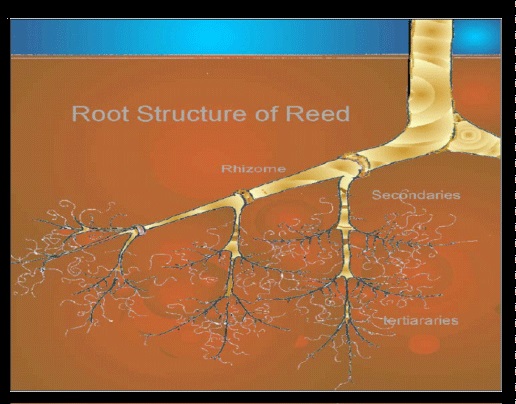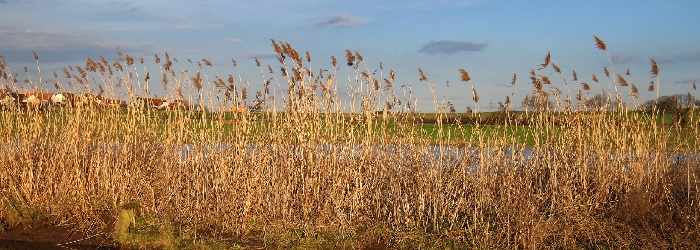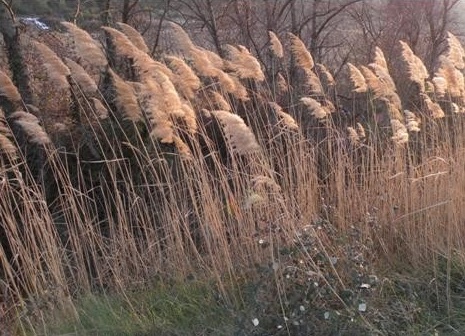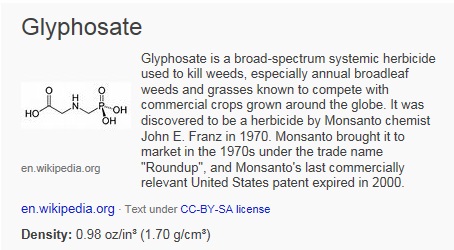Portions of the Snyder’s Flats Conservation Area will be closed to the public during the week of Sept. 29 while a herbicide is used to control an outbreak of phragmites, an invasive plant species.
Signs will be posted in the parking lot at the entrance to the property on Snyder’s Flats Road near Bloomingdale. The affected sections of the trail network within the conservation area will be marked as closed.
Staff of the Grand River Conservation Authority will be applying the herbicide glyphosate, which is better known by the trade name Roundup. The herbicide has been widely adopted by conservation organizations as a safe and effective way to remove invasive species.
The work is scheduled to be done on Monday, Sept. 29 and Tuesday, Sept. 30. The affected areas will be posted for a day after the herbicide is applied. There is a potential that the work could be delayed if there is heavy rain or high winds.
In most areas, the herbicide will be applied by hand to individual plants. Some larger outbreaks will be tackled with backpack-style sprayers.
Phragmites australis, also known as European common reed, is a species that came to North America from Eurasia. According to Ontario’s Invading Species Awareness Program, the plant spreads quickly and out-competes native species for water and nutrients. It releases toxins from its roots into the soil to hinder the growth and kill surrounding plants.

In taking over from native plants, it also reduces the habitat available to wetland wildlife species including birds, turtles and other amphibians and reptiles.
GRCA staff hope that by reacting quickly to its presence they can keep it from spreading throughout Snyder’s Flats and to other properties.
The work at Snyder’s Flats is part of the GRCA’s long-term program to return the former gravel pit area to a natural state that is home to a wide variety of plant, bird and animal species.




Winning the war against our most dangerous invasive
After many years of losing the war against what has been described by some as Canada’s most dangerous invasive, there is recent and local evidence of optimism in defeating phragmites.
At a recent Long Point Phragmites Action Alliance forum, Janice Gilbert of the Invasive Phragmites Control Centre cited the elimination of the problem in parts of the Turkey Point and Long Point marshes as “the light at the end of the tunnel”. However, much of the Great Lakes coastal area remains inundated.
Along with the planned application of herbicide at the Turkey Point beach this fall, spraying will continue in the Long Point Crown Marsh, Long Point Provincial Park, the tip of Long Point, and Rondeau Provincial Park.
One only need stop at the Joe Csubak lookout on the Front Road in Norfolk to see the effectiveness of spraying. Where there used to be a sea of phragmites, there is now open water, native marsh vegetation and broad areas of the dead invasive.
For those not in the know, phragmites is a perennial grass comprising both a native and non-native species. It’s the non-native version that has become invasive and is taking over wetlands and ditches across eastern North America.
Phragmites first arrival in Ontario was on Walpole Island in 1948.
It has spread both by the wind moving seeds and seeds hitchhiking on vehicles. This explains its predominance along Highways 401, 402 and other roadways. Besides spreading by seed, the problem is magnified as the plant also spread through rhizomes beneath the soil which comprise 70 per cent of the plant.
Phragmites releases a toxin that kills other native plants. It’s also an impossible habitat for amphibians, birds and other marsh wildlife. In the case of Long Point, some of these marsh species are endangered.
As Gilbert, a foremost expert leading the fight against phragmites, said, “We brought it here it behooves us to deal with it.”
Individual municipalities have taken up the battle. The City of St. Thomas, for instance, aims to be phragmites free by 2019. Lambton Shores, north of Sarnia, has it 99 per cent under control.
While glysophate has been approved for aerial application of phragmites, it is to date only permitted with a case-by-case annual exemption restricting the chemical’s use over water.
Permanent approval of glysophate use over water would be a huge victory. So too would the approval of imazapyr, a different control agent which is approved for use on phragmites in the United States.
Mechanical control involves using brush cutters, spades and an amphibious machine called a marsh master to cut the stocks at the base.
Three years ago, 40 per cent of our Lake Erie marshes were under phragmites. We have come a long way, and with continued approval of herbicide treatment, continued fundraising and help from government, and volunteer sweat equity – the rest of Ontario may also be successful in eliminating this devastating plant.
As Parliamentary Assistant to the Minister of Natural Resources when purple loosestrife was invading marshes, I saw the threat taken seriously and solutions sought to tame the invasion. I now have my former job back and look forward to seeing a continued concerted effort provincially to take on this present threat.
Toby Barrett MPP for Haldimand-Norfolk.
Is Roundup- aka Glyphosate safe? Reports have linked it to Cancer.
https://www.thesilo.ca/canada-now-reassessing-glyphosate-aka-roundup-herbicide-linked-to-cancer/